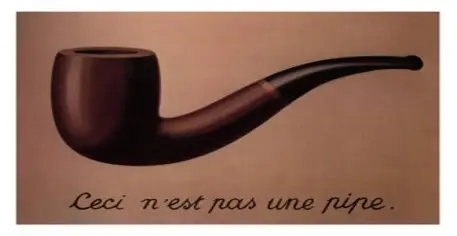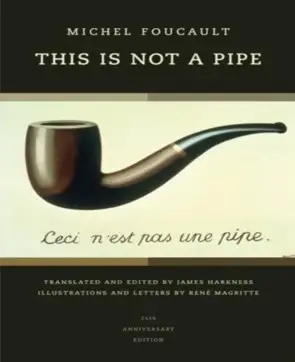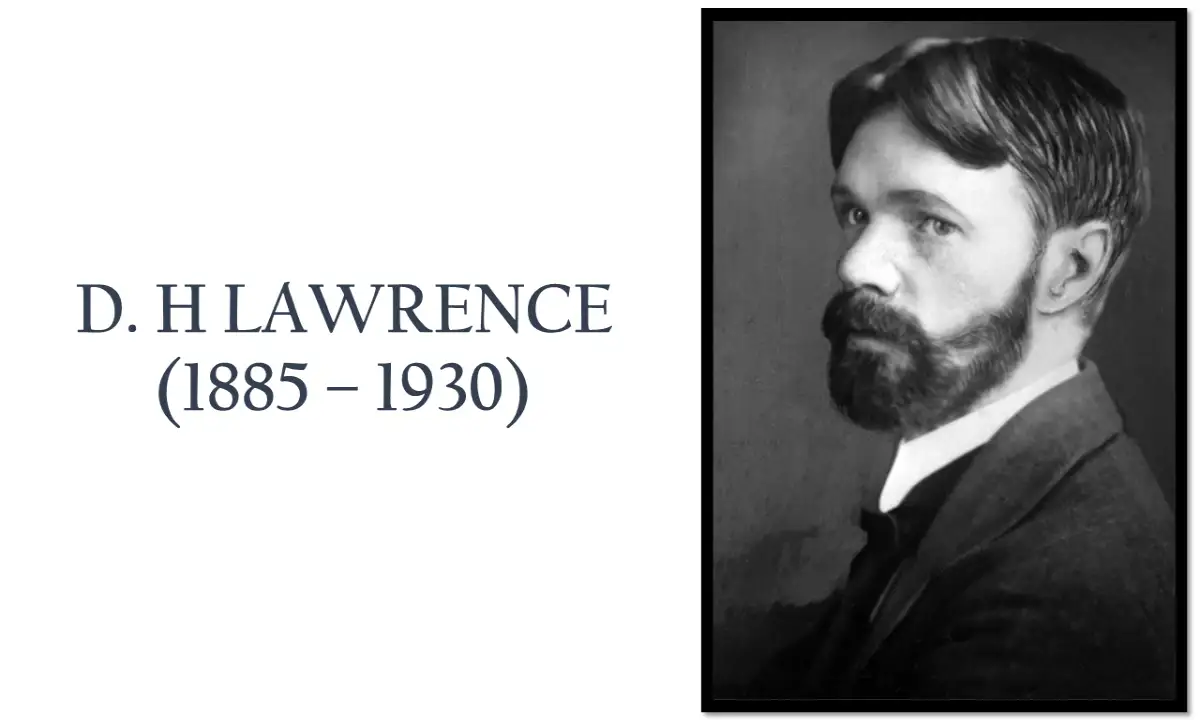Structuralism originated in France in the 1950s and the impact of which created a crisis in English studies in the late 1970s and early 1980s.
“Structuralism is a method of interpreting and analysing such things as language, literature, and society, which focuses on contrasting ideas or elements of structure and attempts to show how they relate to the whole structure.” (Collins Dictionary)
It was inspired by Ferdinand de Saussure’s, Course in General Linguistics (1916). Structuralism believes that things cannot be understood in isolation and they have to be in the context of larger structures.
Structuralism which emerged as a trend in the 1950s challenged New Criticism and rejected Sartre‘s existentialism and its notion of radical human freedom. It focused instead how human behaviour is determined by cultural, social and psychological structures.
Roland Barthes and Jacques Derrida explored the possibilities of applying structuralist principles to literature.
Jacques Lacan studied psychology in the light of structuralism, blending Freud and Saussure.
Louis Althusser combined Marxism and Structuralism to create his own brand of social analysis.
Structuralism, in a broader sense, is a way of perceiving the world in terms of structures.
Saussure and Structuralism
Structuralism in its inchoate form can be found in the theories of the early twentieth century Swiss linguist, Ferdinand de Saussure (Course in General Linguistics, 1916). He moved away from the then prevalent historical and philological study of language (diachronic) to the study of the structures, patterns and functions of language at a particular time (synchronic).
According to him, language is not a naming process by which things get associated with a word or name. The linguistic sign is made of the union of “signifier” (sound image, or “psychological imprint of sound”) and “signified” (concept). In this view, words are “unmotivated signs,” as there is no inherent connection between a name (signifier) and what it designates (signified).
- Saussure’s theory of language emphasizes that meanings are arbitrary and relational.
- Saussurean theory establishes that human being or reality is not central; it is language that constitutes the world.
- Saussure employed a number of binary oppositions in his lectures, an important one being speech/writing. Saussure gives primacy significance to speech, as it guarantees subjectivity and presence, whereas writing, he asserted, denotes absence, of the speaker as well as the signified .
Derrida critiqued this as phonocentrism( belief that sounds and speech are inherently superior to, or more primary than, written language or sign language) that unduly privileges presence over absence, which led him to question the validity of all centres.
Saussure’s use of the terms Langue (language as a system) and Parole an individual utterance in that language, which is inferior to Langue) gave structuralists a way of thinking about the larger structures which were relevant to literature.
Structuralist critics analyse literature on the explicit model of structuralist linguistics. In their analysis they use the linguistic theory of Saussure as well as the semiotic theory developed by Saussure and the American philosopher Charles Sanders Peirce. Saussure suggests that the study of language must be situated within the larger province of Semiology, the science of signs.
Semiology understands that a word’s meaning derives entirely from its difference from other words in the sign system of language (eg: rain not brain or sprain or rail or roam or reign). All signs are cultural constructs that have taken on their meaning through repeated, learned, collective use.
The process of communication is an unending chain of sign production which Peirce dubbed “unlimited semiosis”. The other major concepts associated with semiotics are “denotation” (first order signification) and “connotation” (second order signification).
A denotation is a literal framing of a term or sign. Denotations have no subjective, symbolic or otherwise non-literal meaning. Take the term “hot” for example: the denotation of hot is having or giving off heat. Consequently, the connotation of hot could be used to suggest the attractiveness of a person.
This is not a pipe

The painting This is Not a Pipe by the Belgian Surrealist artist Rene Magritte explicates the treachery of signs and can be considered a founding stone of Structuralism.

Foucault‘s book with the same title comments on the painting and stresses the incompatibility of visual representation and reality.


